This is Wendy.Image processing related question. I have to select the bubbles properly to analyze its size and calculate the velocity among image sequences.
original image
enter image description here
image sequences enter image description here//enter image description here//enter image description here
In the picture,the largest shape is a droplet,and inside the droplet contains lots of tiny bubbles.
So far, the questions are: 1.Because the shape of bubbles are broken, few contours are detected. At the same time, lots of edges detected. How can I fill out the edges to be contours ( like a coin, I just want the outline of each bubble and don't want to get the lines inside bubbles)
current progress
enter image description here
enter image description here
code(detect contours)
gray=cv2.imread("1000.tif")
blurred = cv2.GaussianBlur(gray, (3,3), 0)
edged = cv2.Canny(blurred, 5, 60)
cv2.imshow('edged ', edged )
cv2.waitKey(0)
contours, hierarchy = cv2.findContours(edged,cv2.RETR_EXTERNAL,cv2.RETR_LIST)
img = gray.copy()
cv2.drawContours(img,contours,-1,(0,255),1)
cv2.imwrite("contours.tif", img)
cv2.imshow("contours", img)
cv2.waitKey(0)
code(fill holes)
im_floodfill = edged.copy()
h, w = edged.shape[:2]
mask = np.zeros((h+2, w+2), np.uint8)
cv2.floodFill(im_floodfill, mask, (0,0), 255)
im_floodfill_inv = cv2.bitwise_not(im_floodfill)
im_out = edged | im_floodfill_inv
cv2.imshow("Thresholded Image", edged)
cv2.imshow("Floodfilled Image", im_floodfill)
cv2.imshow("Inverted Floodfilled Image", im_floodfill_inv)
cv2.imshow("Foreground", im_out)
cv2.waitKey(0)
cv2.imwrite("fill.jpg", im_out)
the result will be
enter image description here
- The velocity of the bubbles is my objective. I've tried to put the binary image sequences into Iamgej and used the "trackmate" (a tool for automated, and semi-automated particle tracking). It has a fixed bubble size setting to track, however, the size of the bubbles is quite different in my case, so is there any method to track bubbles moving?
If this isn't clear enough please let me know and I can try and be more specific. Thank you for your time.



